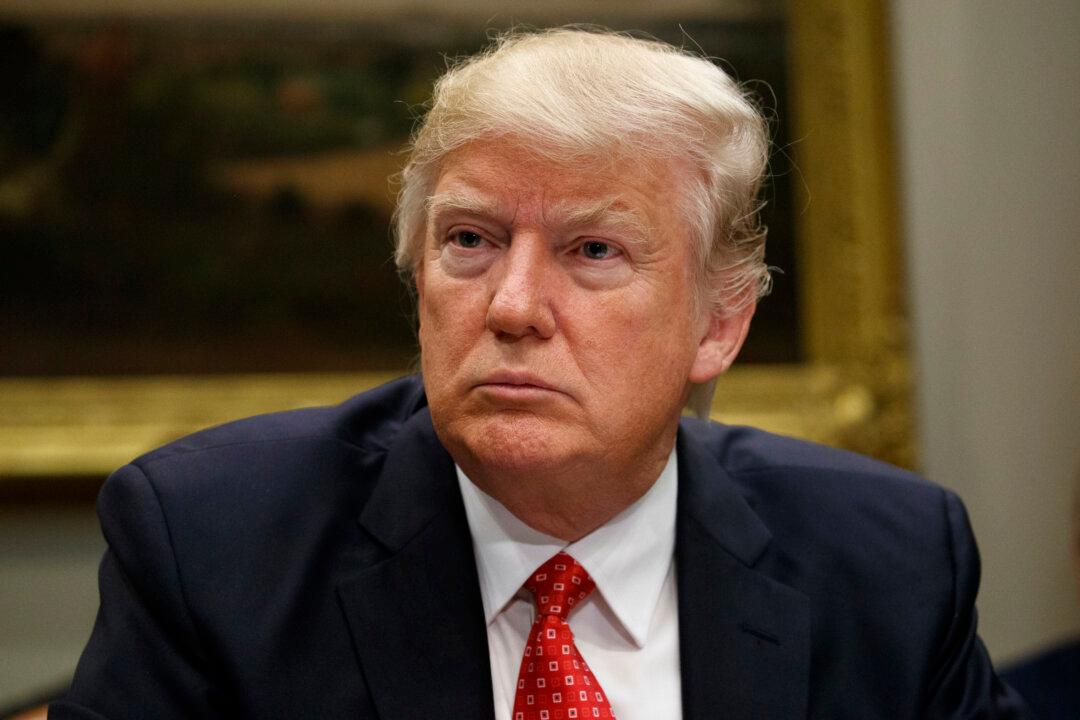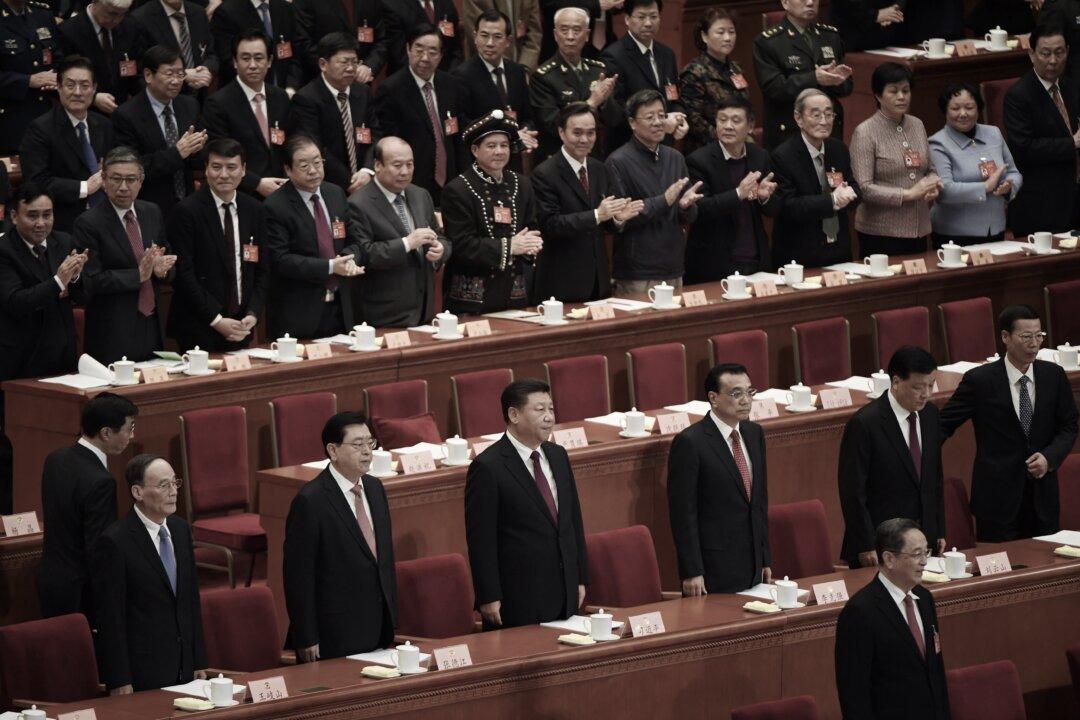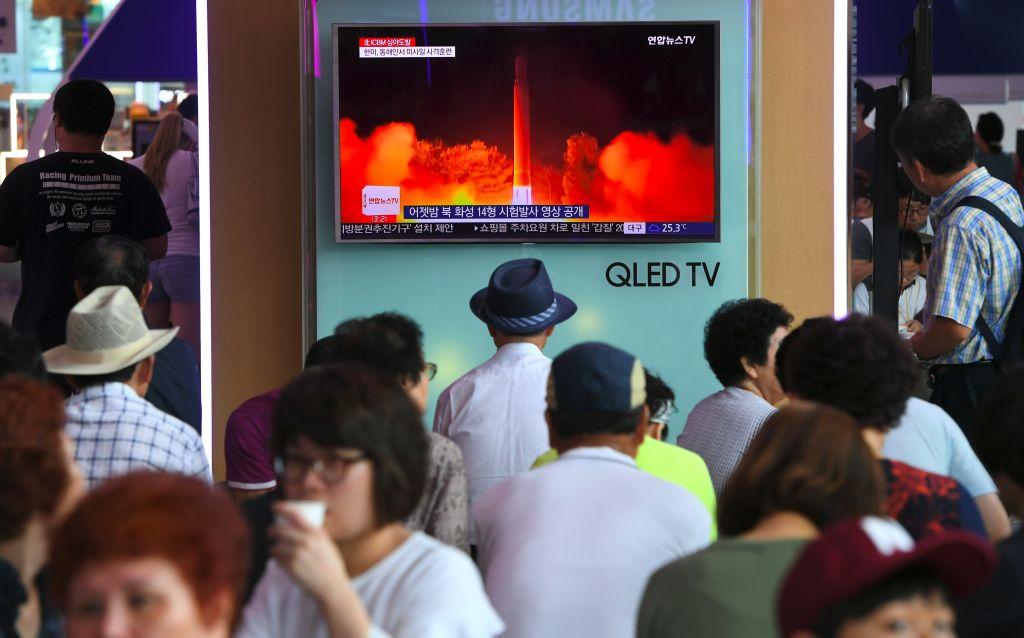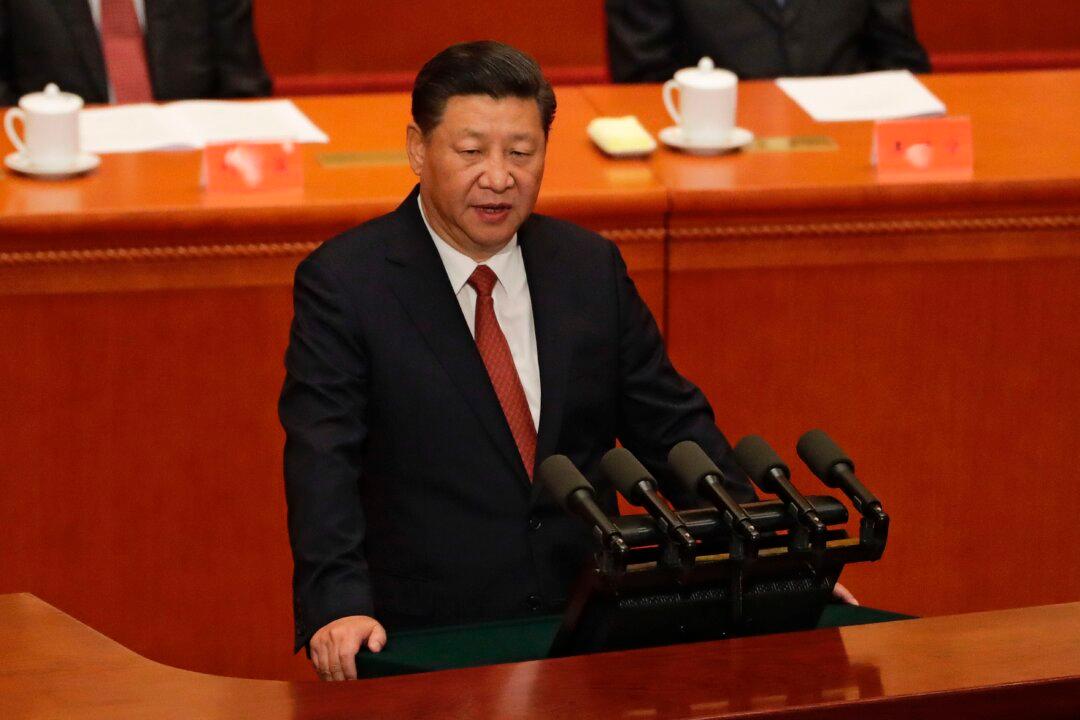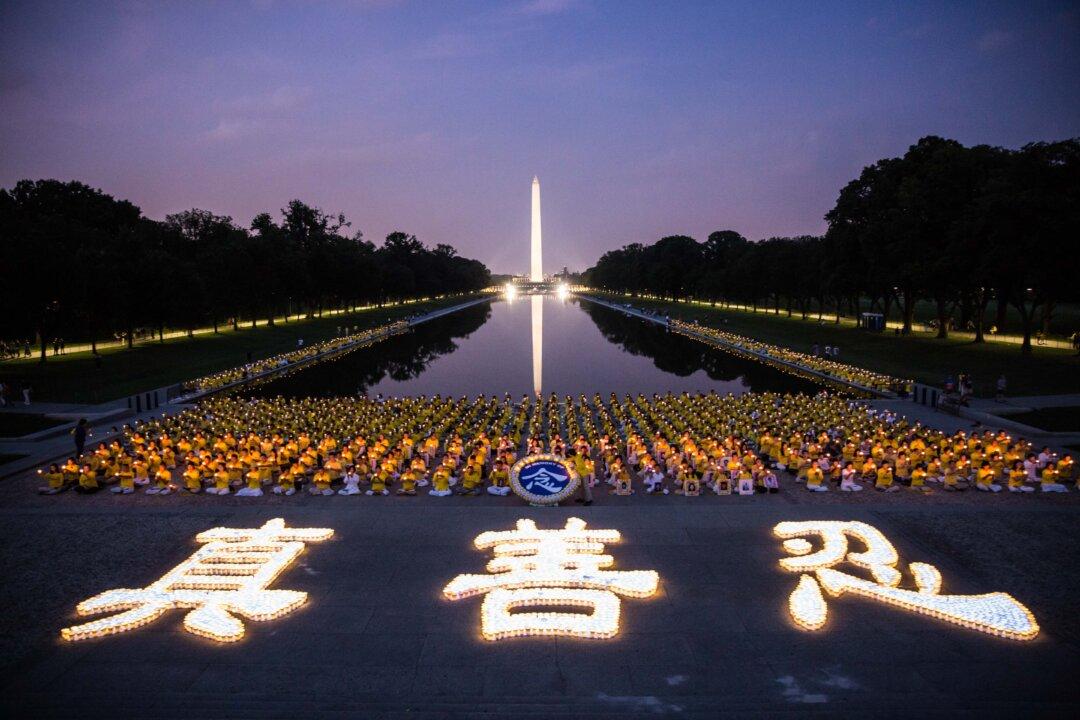The bilateral relationship between the United States and China, the world’s largest economies, is often called the most important in the world. Thus, many held their breath when, before his inauguration, President Donald Trump appeared to adopt a combative stance toward the Chinese regime.
Trump first broke the United States’ long-standing diplomatic protocol by receiving a congratulatory call from Taiwan’s President Tsai Ing-wen. He later said that the sensitive “One China” policy was negotiable in the event of a trade war between the United States and China.
He has also appointed several China hawks—including the economist Peter Navarro and the financier Wilbur Ross—to the Cabinet in key economic and trade positions. Newly appointed Secretary of State Rex Tillerson said, according to Reuters, that the United States needs to “send China a clear signal that, first, the island-building stops and, second, your access to those islands also is not going to be allowed,” referring to China’s building of artificial islands with military capabilities in the disputed waters of the South China Sea.
But when Trump and Chinese leader Xi Jinping spoke in their first telephone call on Feb. 9, the U.S. president seemed to steer clear of controversy and confrontation.
In an “extremely cordial” phone call, “President Trump agreed, at the request of President Xi, to honor our ‘One China’ policy,” the White House said in a statement.
The language and phrasing of the statement suggests that a deal of some sort had been brokered between Trump and Xi, analysts say. Trump has left himself ample room for future negotiations, while Xi will presumably continue to focus on pressing domestic matters.
The vague statement “should be sufficient to please Beijing while reassuring Taipei that Washington has no intention to revise its official position,” wrote J. Michael Cole, a senior nonresident fellow at the University of Nottingham’s China Policy Institute, in an article for Taiwan Sentinel, where he is editor-in-chief.
The U.S. “One China” policy refers to its severance of official diplomatic relations with the Republic of China, Taiwan’s official name, in 1979, and recognition instead of the People’s Republic of China as the sole government of China and Taiwan. This policy is a pillar of U.S.–China relations as currently conceived.
The Chinese communist regime and the democratic Taiwanese government also say that there is only one China, but that they disagree about who rules it.
“The U.S.’s ‘One China’ policy acknowledges Beijing’s position,” Cole wrote in a note to Epoch Times, but “it doesn’t agree with or lock itself into anything.”
He added that the United States is “therefore free to decide what ‘One China’ means for it and what is permissible within that,” not dissimilar to how other countries “tended to ’take note of‘ Beijing’s position rather than back, support, or ’agree with'” the regime.
“Wordsmiths injected a lot of flexibility in the language,” Cole concluded.
Ming Chu-cheng, a professor of political science at National Taiwan University, also noted that the statement was vague, and that Trump’s affirmation of “One China” at Xi’s request could be read in two ways.
First, because Trump said he would consider all U.S.–China policies negotiable until the Chinese regime genuinely reforms its currency and trade practices, “the Chinese regime could have made some concessions” for the phone call to be made in the first place.
Conversely, if Trump had simply agreed to speak to Xi without demanding and receiving some concessions, then China may presume that Trump can be easily pushed around. That is the worst-case scenario, Ming said.
From Xi’s position, not having Trump pressing him very hard on “One China” allows Xi to focus his efforts on purging the rival political faction centered around a former Chinese leader, Jiang Zemin, and consolidating his own authority.
Ming believes that the United States has been quietly supportive of Xi over the years, and that Trump may, in honoring the “One China” policy, be reverting to the status quo.
One consequence of this, Ming said, may be that “Xi Jinping will have more room to maneuver” in continuing his political centralization.
***
Trump’s Statements on the ‘One China’ Policy
Dec. 2, 2016—Trump speaks by phone with Taiwanese President Tsai Ing-wen, breaking a protocol dating back four decades. It’s the first time an American president or president-elect has publicly spoken with a Taiwanese leader since 1979, when the United States switched diplomatic ties to Beijing. “The President of Taiwan CALLED ME today to wish me congratulations on winning the Presidency,” Trump tweets. Chinese Foreign Minister Wang Yi accuses Tsai’s government of playing a “trick,” without directly rebuking Trump.
___
Dec. 4, 2016—Facing criticism over the call with Tsai, Trump wrote on Twitter. “Did China ask us if it was OK to devalue their currency (making it hard for our companies to compete), heavily tax our products going into their country (the U.S. doesn’t tax them) or to build a massive military complex in the middle of the South China Sea?” Trump wrote in two separate tweets. “I don’t think so!” A Chinese foreign ministry spokesman, Lu Kang, said in a vague reply that the Chinese regime would comment on Trump’s policies, not his personality, when he takes office.
___
Dec. 11, 2016—Trump suggests he would use Taiwan’s status as a bargaining chip. “I don’t know why we have to be bound by a ‘One China’ policy unless we make a deal with China having to do with other things, including trade,” he told Fox News. Beijing responds sharply. A foreign ministry spokesman, Geng Shuang, calls on Trump to “understand the seriousness of the Taiwan issue,” and Wang, the foreign minister, said “any power in the world” threatening China’s core interests would “smash their own foot while trying to lift a stone.”
___
Jan. 13, 2017 — Trump tells The Wall Street Journal, “Everything is under negotiation, including ‘One China.’” The Chinese foreign ministry in turn says the “One China” issue is “non-negotiable.” Chinese state media, tightly controlled by the government, publish two English-language editorials condemning Trump, including one China Daily editorial saying Trump was “playing with fire.”
___
Feb. 8, 2017—The White House announces Trump sent a letter to Chinese leader Xi Jinping offering well-wishes for the Chinese Lunar New Year. While he sent the letter more than a week after the Jan. 28 holiday, China responds with praise and rejects suggestions that the timing was a slight. “It is known to all that since President Trump took office, China and the U.S. have been in close contact,” said foreign ministry spokesman Lu Kang.
___
Feb. 9, 2017—The White House says Trump and Xi have spoken by phone, and Trump “agreed, at the request of President Xi, to honor our ‘One China’ policy.”
Source: The Associated Press
